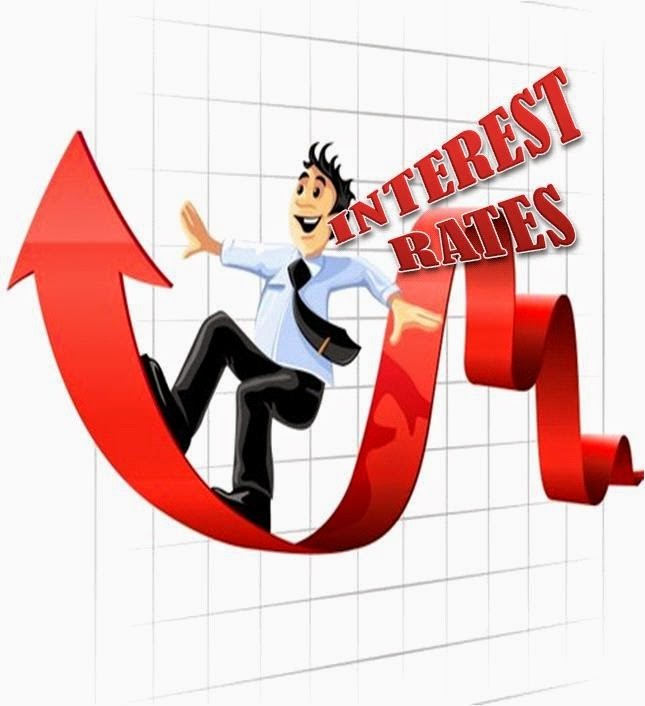Credit card interest Wikipedia the free encyclopedia
Post on: 20 Октябрь, 2015 No Comment

§ Interest rates [ edit ]
This article is outdated. Please update this article to reflect recent events or newly available information. (March 2015)
Interest rates vary widely. Some credit card loans are secured by real estate, and can be as low as 6 to 12% in the U.S. (2005). [ citation needed ] Typical credit cards have interest rates between 7 and 36% in the U.S. depending largely upon the bank’s risk evaluation methods and the borrower’s credit history. Brazil has much higher interest rates, about 50% over that of most developing countries, which average about 200% (Economist. May 2006). A Brazilian bank-issued Visa or MasterCard to a new account holder can have annual interest as high as 240% even though inflation seems to have gone up per annum (Economist. May 2006). Banco do Brasil offered its new checking account holders Visa and MasterCard credit accounts for 192% annual interest, with somewhat lower interest rates reserved for people with dependable income and assets (July 2005). [ citation needed ] These high-interest accounts typically offer very low credit limits (US$40 to $400). They also often offer a grace period with no interest until the due date, which makes them more popular for use as liquidity accounts, which means that the majority of consumers use them only for convenience to make purchases within the monthly budget, and then (usually) pay them off in full each month.
§ Calculation of interest rates [ edit ]
Most U.S. credit cards are quoted in terms of nominal annual percentage rate (APR) compounded daily, or sometimes (and especially formerly) monthly, which in either case is not the same as the effective annual rate (EAR). Despite the annual in APR, it is not necessarily a direct reference for the interest rate paid on a stable balance over one year.
The more direct reference for the one-year rate of interest is EAR. The general conversion factor for APR to EAR is , where represents the number of compounding periods of the APR per EAR period.
For a common credit card quoted at 12.99% APR compounded daily, the one-year EAR is , or 13.87%; and if it is compounded monthly, the one-year EAR is or 13.79%. On an annual basis, the one-year EAR for compounding monthly is always less than the EAR for compounding daily. However, the relationship of the two in individual billing periods depends on the APR and the number of days in the billing period.
For example, given 12 billing periods a year, 365 days, and an APR of 12.99%, if a billing period is 28 days then the rate charged by monthly compounding is greater than that charged by daily compounding ( is greater than ). But for a billing period of 31 days, the order is reversed ( is less than ).
In general, credit cards available to middle-class cardholders that range in credit limit from $1,000 to $30,000 calculate the finance charge by methods that are exactly equal to compound interest compounded daily, although the interest is not posted to the account until the end of the billing cycle. A high U.S. APR of 29.99% carries an effective annual rate of 34.96% for daily compounding and 34.48% for monthly compounding, given a year with 12 billing periods and 365 days.

Table 1 below, given by Prosper (2005), shows data from Experian. one of the 3 main U.S. and UK credit bureaus (along with Equifax in the UK and TransUnion in the U.S. and internationally). (The data actually come from installment loans [closed end loans], but can also be used as a fair approximation for credit card loans [open end loans]). The table shows the loss rates from borrowers with various credit scores. To get a desired rate of return, a lender would add the desired rate to the loss rate to determine the interest rate. Though individual borrowers differ, lenders predict that, as an aggregate, borrowers will tend to exhibit the same payment behavior that others with similar credit scores have shown in the past. Banks then compete on details by making analyses of how to use data such as these along with any other data they gather from the application and history with the cardholder, to determine an interest rate that will attract borrowers by remaining competitive with other banks and still assure a profit. Debt-to-income ratio (DTI) is another important factor for determining interest rates. The bank calculates it by adding up the borrower’s obligated minimum payments on loans, and dividing by the cardholder’s income. If it is more than a set point (such as 20% in this example) then loans to that applicant are considered a higher risk than given by this table. These loss rates already include incomes the lenders receive from payments in collection, either from debt collection efforts after default or from selling the loans to third parties for further collection attempts, at a fraction of the amount owed.
Table 1: Expected default loss rates for 2004 installment loans with given credit ratings and less than 20% DTI
Experian score
Expected annual loss rate (as % of loan balance)














